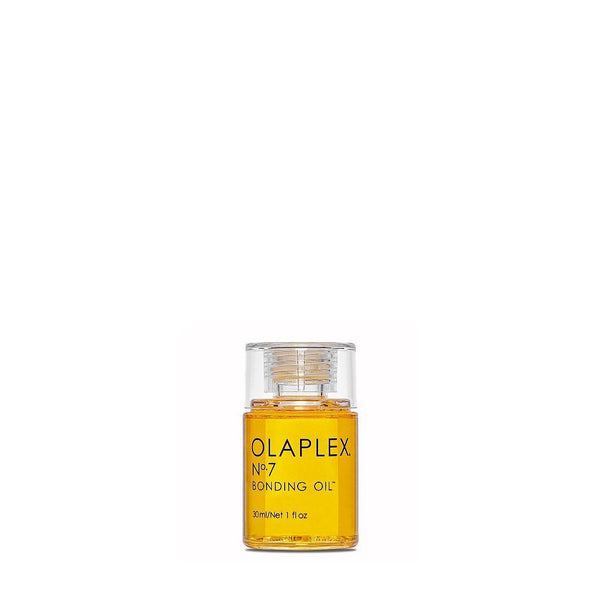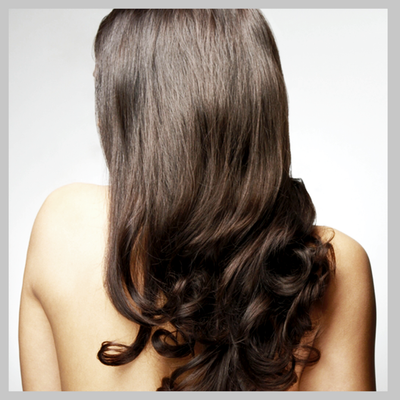Have you ever noticed that it takes quite a while and a whole lot of water to get your hair fully drenched? That no matter how deeply nourishing your hair products claim to be, they still don’t work wonders for your hair? Chances are you have low porosity hair and you’re not using the right products for it.
Now, the real question is: What does it mean to have and what does it take to care of low porosity hair? But first and foremost, how do you even know if you have low porosity hair? If you’re looking for answers to these questions, then read on to learn more about your hair porosity and how to take care of low porous locks!

What is Low Porosity Hair?
Before diving into low porosity hair, let’s discuss hair porosity in general. Hair porosity refers to how well your hair can absorb and retain moisture, whether from water or hair care products. There are three types of hair porosity: low, medium, and high. Ideally, medium porosity is best as it means your hair has an even balance of water absorption and retention.

Low porosity hair has strands with tightly packed cuticles. This can be beneficial because it locks in shine and moisture, but it also makes it difficult for additional moisture to penetrate the strands. Additionally, your hair’s natural oils struggle to travel from the roots to the ends due to the tightly packed cuticles. As a result, low porosity hair tends to be:
- Dry and/or frizzy, especially at the ends
- Prone to product build-up, resulting in weighed-down or limp hair
- Resistant to moisture
- Difficult to process and style
It’s important to note that low porosity hair is genetically determined. Certain hair habits can make your hair more porous but cannot reduce its porosity.
How to Find Out Your Hair Porosity
Not sure about your hair porosity type? Find out in less than five minutes with these four easy steps:
- Grab a glass or bowl and fill it with lukewarm water.
- Pluck out one clean strand of hair. Ensure it’s free from any styling product.
- Drop the hair strand into the water.
- Observe what happens to the strand:
- If it floats on top before slowly sinking, you have low porosity hair.
- If it stops to float in the middle for a while before sinking, you have medium porosity hair.
- If it quickly sinks to the bottom, then you have high porosity hair. Got highly porous hair? Switch to our guide on how to take care of high-porous hair.

Image Source: Pinterest
Hair Care Solutions for Low Porosity Hair
If you’ve discovered that you have low porosity hair, switching to the right products is a great start. Here’s why and how to take care of your low porosity hair:
1. Use Clarifying Products Regularly
Low porosity hair is prone to product build-up because its tightly packed cuticles prevent products from being fully absorbed. Using clarifying products helps remove this build-up, allowing your hair to better absorb moisture.
Davines SOLU Shampoo and Scrub Cleanser

This set is formulated to remove any residue left on your scalp and strands. The shampoo’s rich and airy foam deeply cleanses your hair from impurities, while the scrub cleanser gently exfoliates away stubborn pollutants, leaving your hair feeling refreshed and soft. Use once a week for best results.
AVEDA Rosemary Mint Purifying Shampoo and Weightless Conditioner

Image Source: Parfuma
This purifying shampoo has a lightweight gel texture that gently clarifies your scalp and hair from product build-up and dirt. The weightless conditioner helps prevent tangles and static, leaving your hair squeaky clean and smelling invigorating with rosemary, peppermint, and spearmint. Use as needed to maintain clarity.
L'Oréal Professionnel Serie Expert Metal Detox Shampoo and Mask

Image Source: medium.com
Ideal for detoxifying your hair from metals and impurities, this duo refreshes and revitalizes your hair. Use this set once a week to keep your hair free from heavy metal buildup.
2. Use Heat Protectants
Low porosity hair can be challenging to style, and using heat styling tools can cause damage. Heat protectants create a barrier between your hair and the heat, minimizing damage and helping to maintain moisture.

Image Source: Sorella Hair Salon
This heat protectant spray offers a lightweight barrier against heat damage from styling tools. Spray evenly on damp hair before using any heat styling tools to protect your strands.
Kérastase Resistance Ciment Thermique Blow Dry Primer

Image Source: InStyle
A blow-dry primer that reinforces and resurfaces your hair, offering protection against heat damage while making it easier to style. Apply to towel-dried hair before blow-drying or heat styling.
3. Apply Lightweight Hair Oils
Even with low porosity hair, you can use hair oils to nourish your ends without making them greasy. Opt for lightweight oils that provide nourishment without weighing down your hair. Hair oils are beneficial for low porosity hair because they help seal in moisture and add shine.
Wella Professionals Oil Reflections Light Luminous Reflective Oil

Image Source: HairCare Cyprus
A light finishing oil designed to deeply nourish hair without weighing it down. Apply 1 to 2 pumps to your ends and mid-lengths, avoiding the roots. This helps to maintain hydration and prevent frizz.
Discover more of our products for low porosity hair at HairMNL.com.
For any hair concerns or questions, feel free to send our HairMNL experts a message to get a hair consultation for FREE. With these tips and product recommendations, you're well on your way to achieving your best hair yet.































